Mon-Sat 9am-7pm
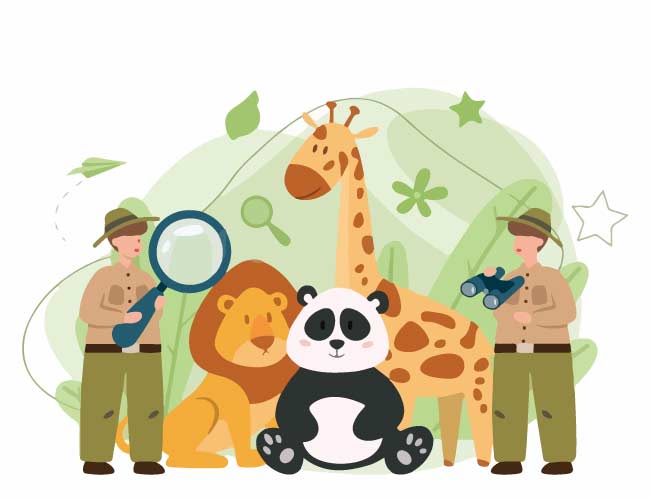
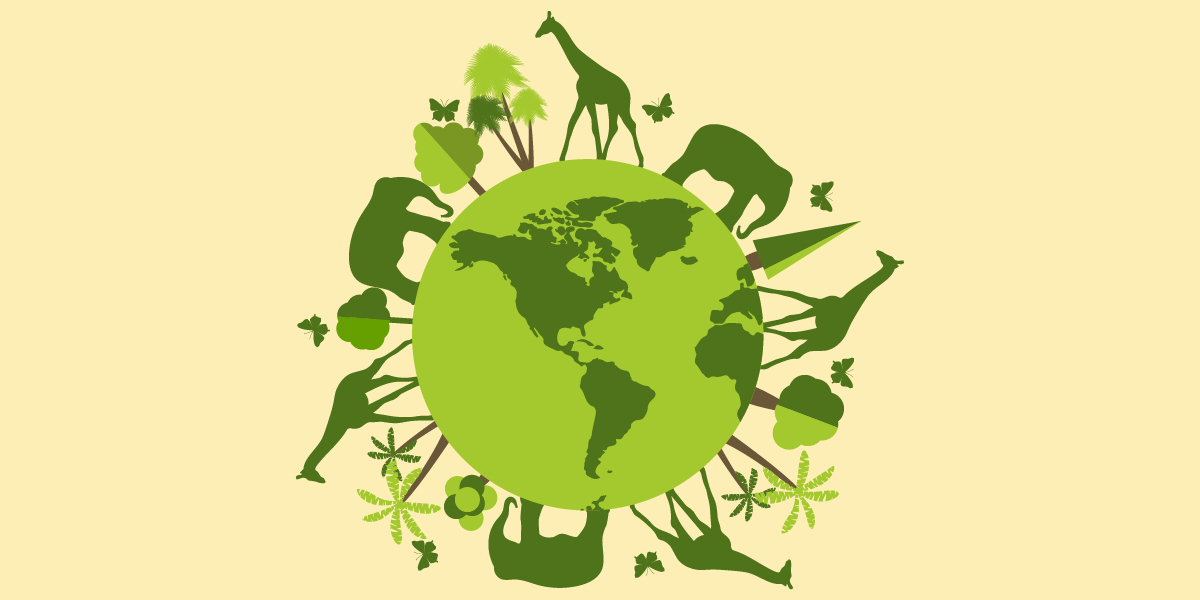
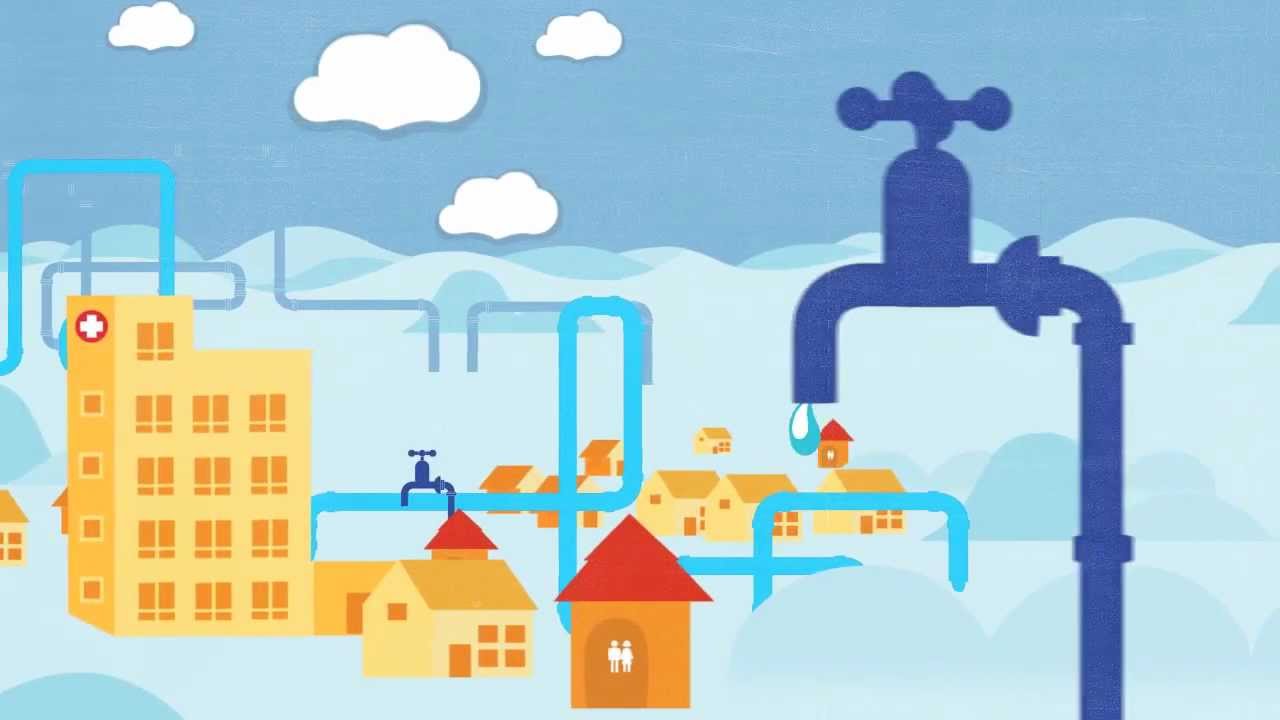
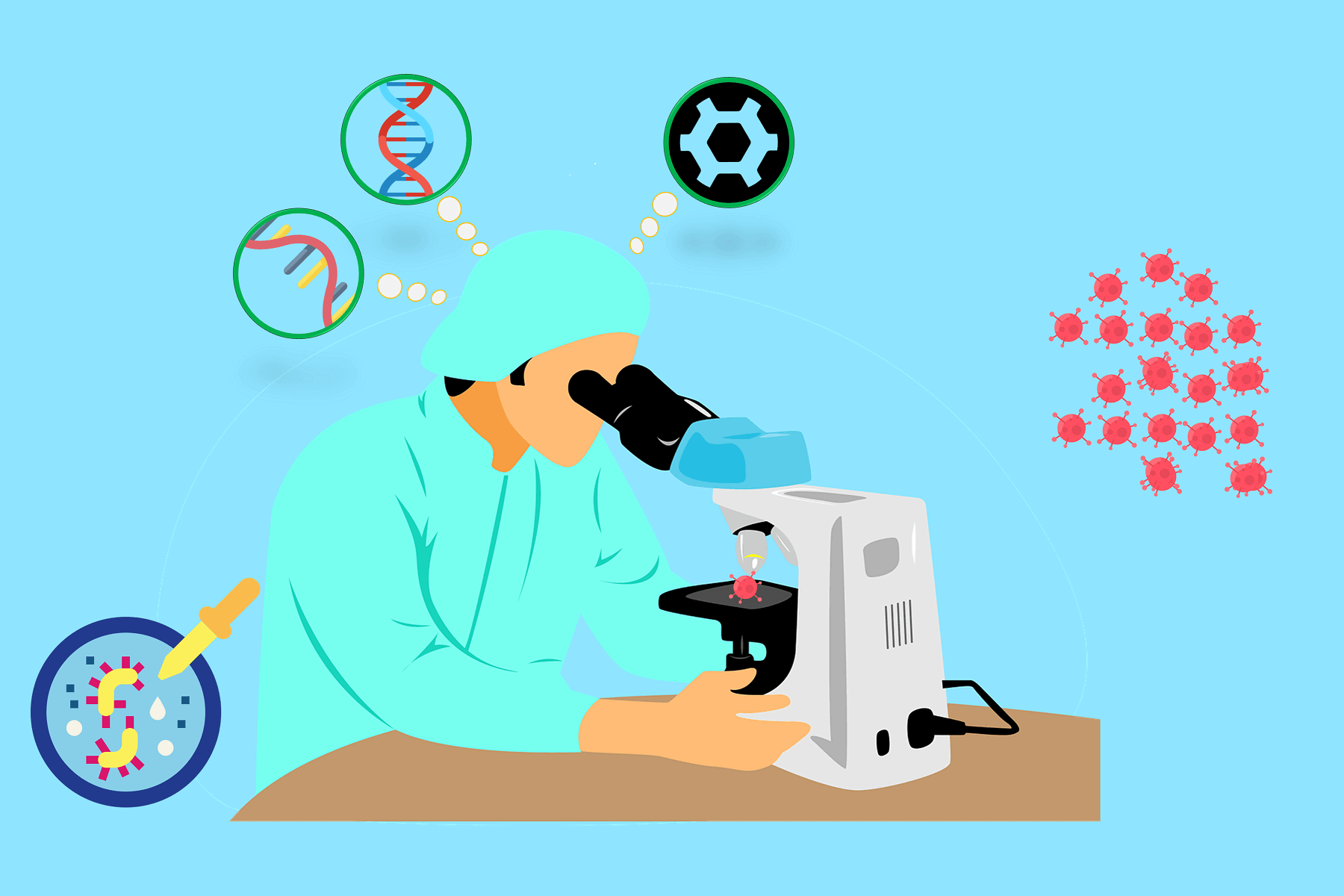
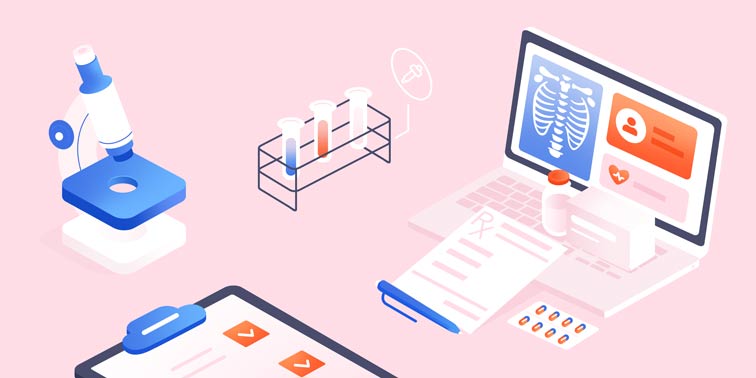
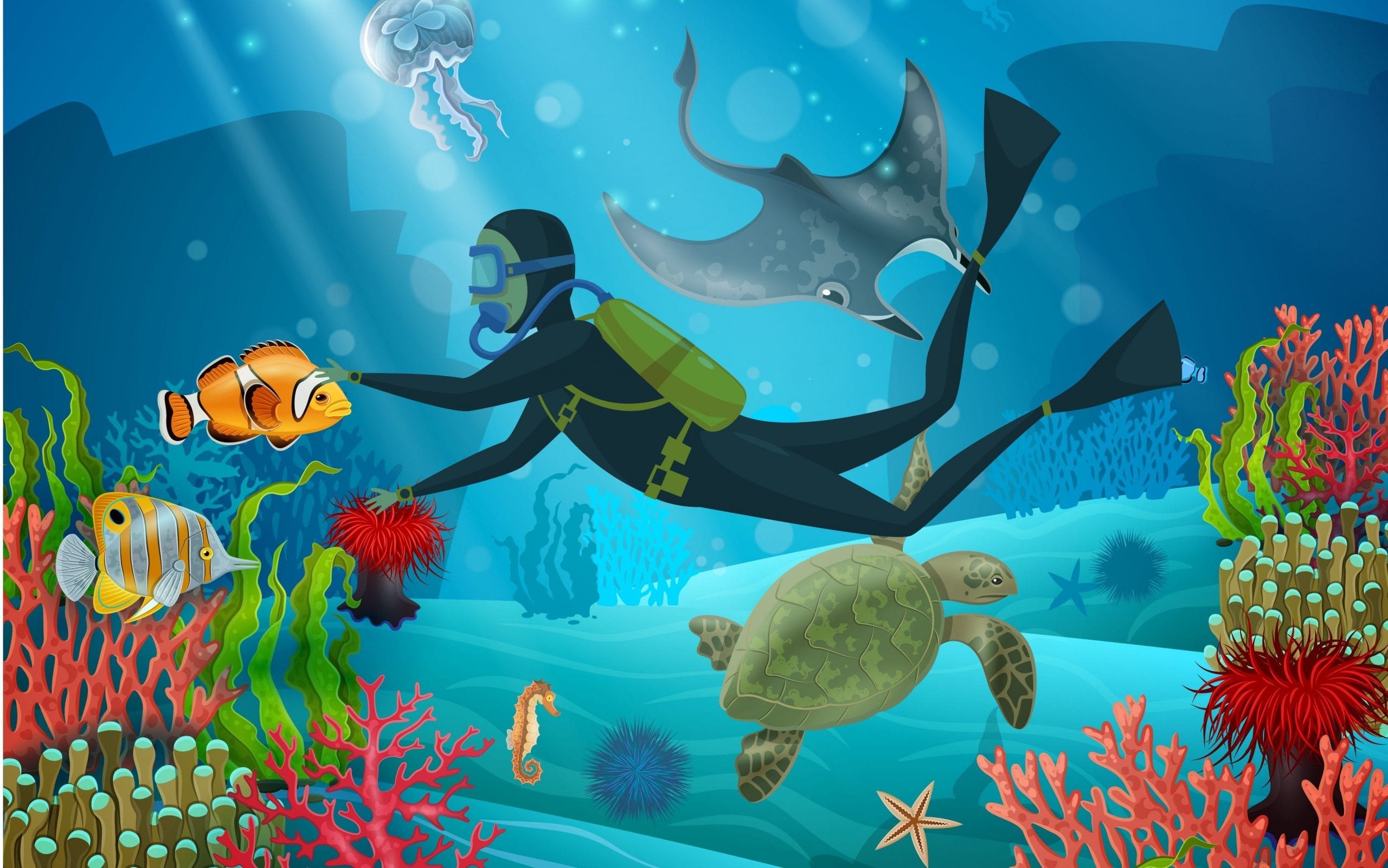


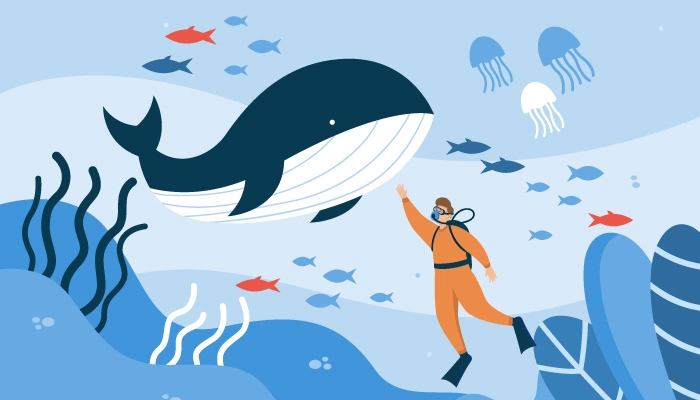
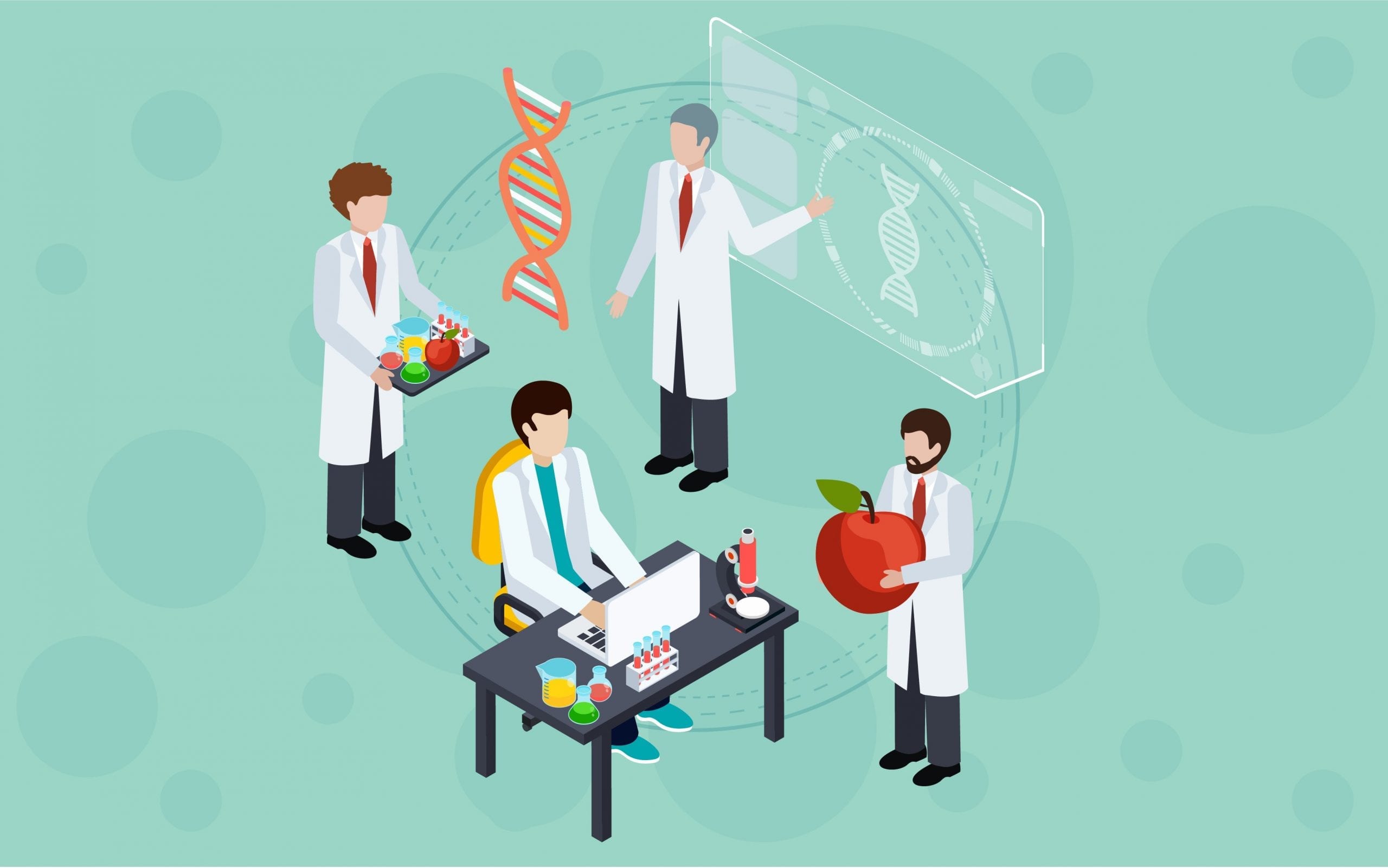
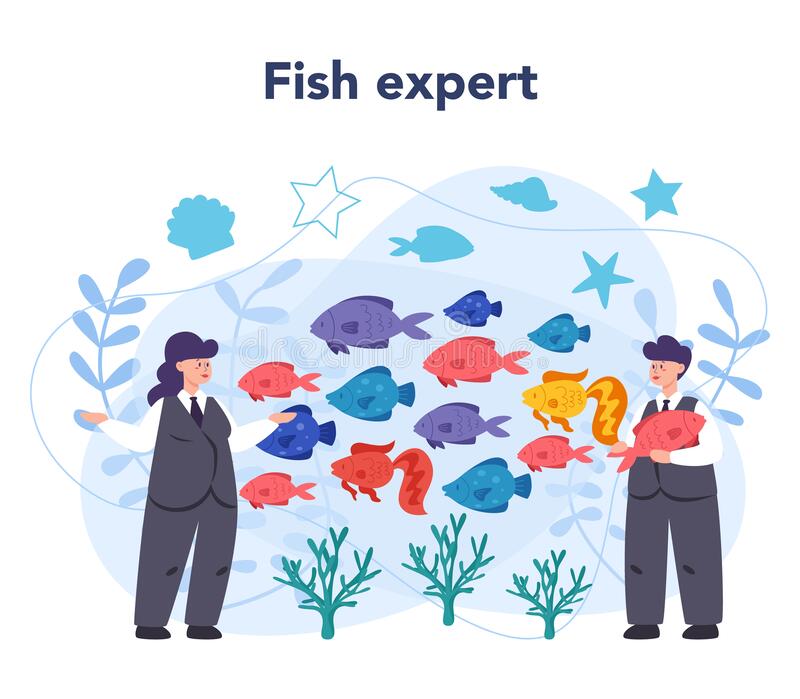
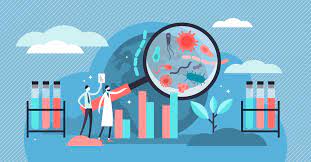

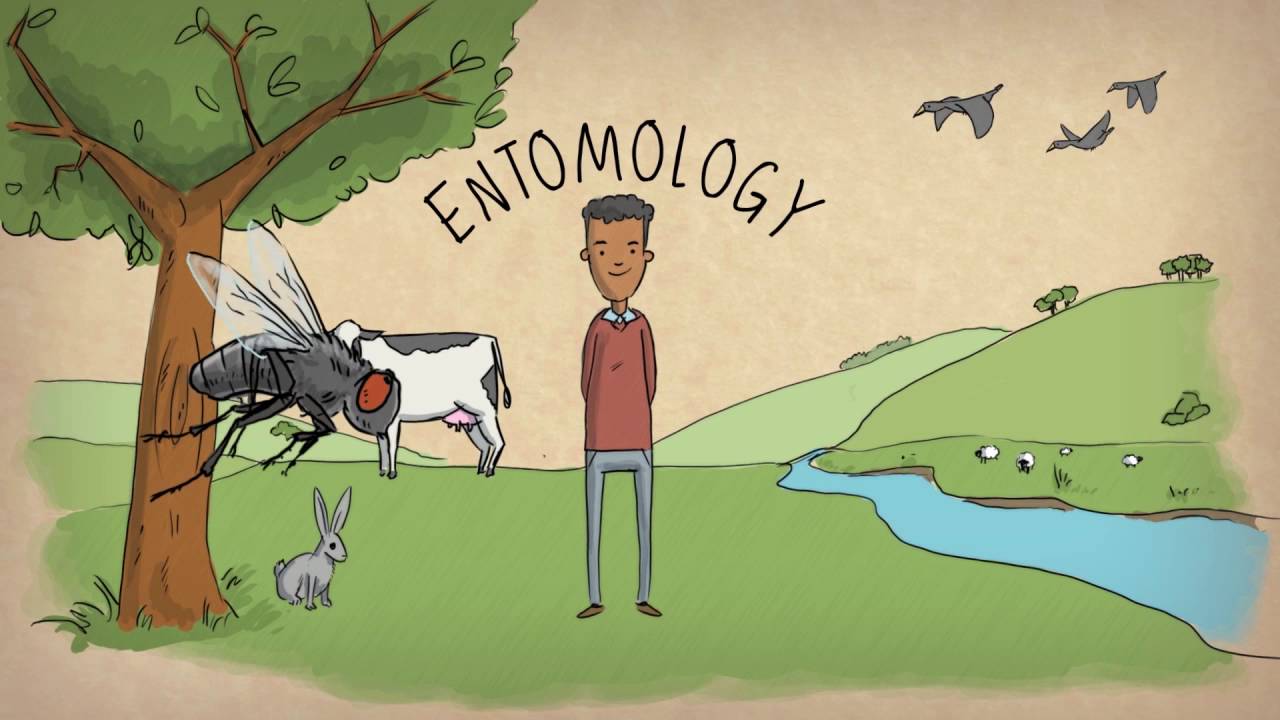
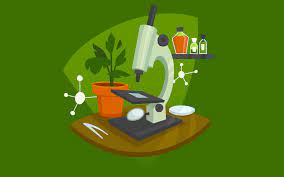
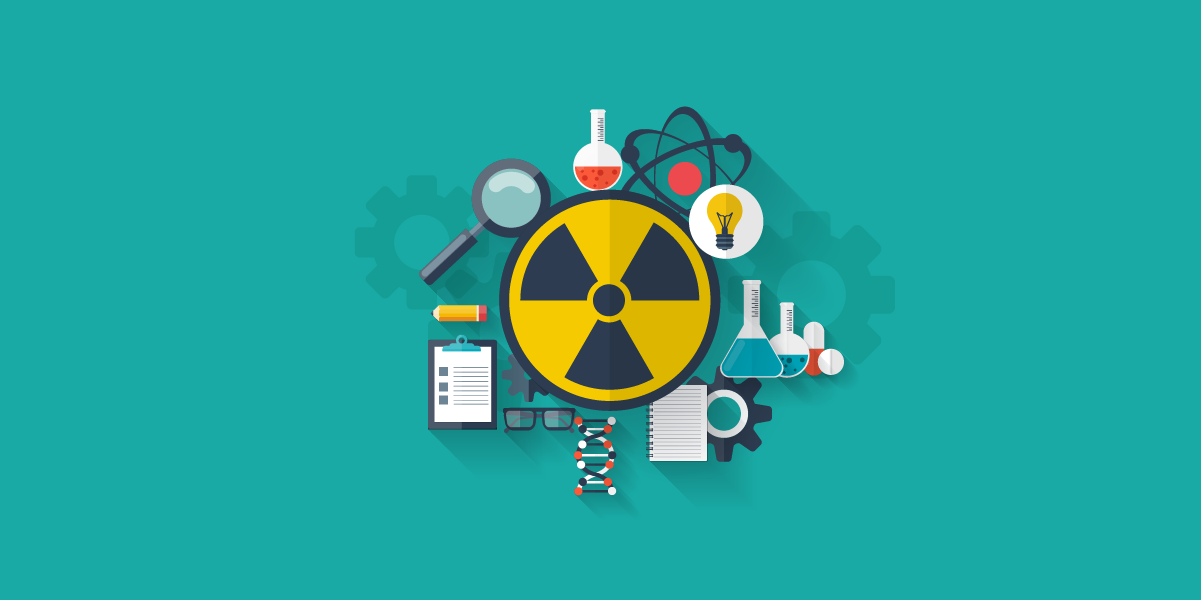
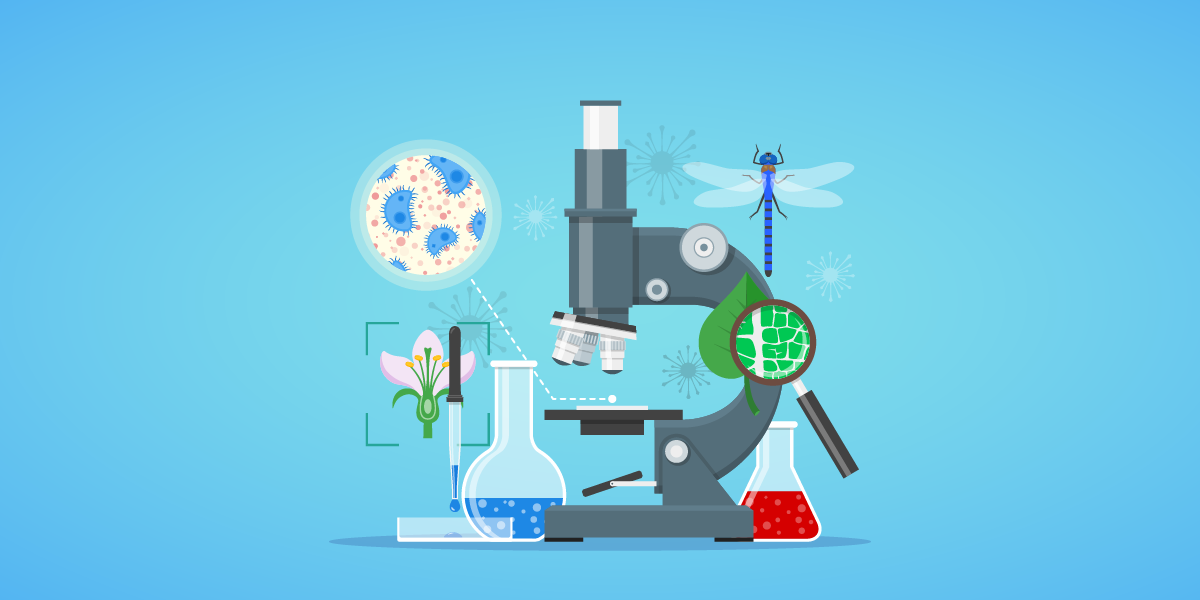


“The term fisheries & Aquaculture itself clear its meaning. It is related to catching of inland and marine fishes for commercial purposes. It involves aquaculture, gears, navigation, oceanography, aquarium management, breeding, processing, export and import of seafood, special products and by-products , research and related activities.”
Fishery is the occupation or industry of catching, processing or selling fish or shellfish. Aquaculture is the cultivation of aquatic animals and plants, especially, fish, shellfish and seaweed, in natural or controlled marine or freshwater environments.
The living of over 500 million people in developing countries depends on fisheries and aquaculture.
The occupation in fisheries is catching or rearing fish through fish farming or aquaculture.
Fishery industry involves in catching, processing, marketing and conservation of fish.
One can learn about managing and understanding fisheries in the academic education of Fisheries Science.

As a freshwater fisheries officer, you'll need to:
As a marine fisheries officer, you'll need to:
Career Path 1
Student can do 12th(Biology). Then complete Bachelors in Fishery science(B.F.Sc). Further you can Proceed with Masters in Fishery science (M.F.Sc). Further you can Proceed with Ph.D..
Career Path 2
Student can do 12-Science(Biology). Then complete B.Sc. (Hons) in Aquaculture or B.Sc. Life Science. Further you can Proceed with MBA. Further you can Proceed with Ph.D..
Career Path 3
Student can do 12-Science(Biology compulosry). Then complete Bachelors in Fishery Sciences (B.F.Sc.). Further you can Proceed with PG Diploma in Fishery Sciences .
Fishing observers are autonomous specialists that work in fish processing businesses. A fishery observer devotes his time and work to gathering details about particular types of at-sea data. They examine commercial fisheries and collect data to aid research, conservation, and the marine fisheries board.
Fisheries technicians are responsible for evaluating and gathering information to aid in research and fishing industry management. They also play an essential part in the conservation and preservation of fishing resources. They estimate, analyse, and distribute fish while also measuring their well-being. improving fish habitats through maintenance on streams and channel banks, and responding to general public inquiries.
Fish Farming Consultant Fish farming experts are in control of both retail and wholesale fish breeding and rearing. They monitor fish stocks and ensure that the water system is enough for the different kinds of fish.
Aquaculture Technologist
Aquaculture technicians collaborate with government authorities to aid biologists in the oversight of publicly owned lakes, rivers, and active recreational sites. They assist conservationists and research scientists with keeping fish alive on campuses across the country. Fishery Protection Officer A Fishery Protection Officer works on the front lines of fisheries conservation and seafood security. This job includes doing routine direct inspections of naturally available fishing vessels, creating substructure and fish company premises, and working in various areas of fisheries and maritime industry. Fishery Manager A fishery manager Oversees the operation of a fishery or a poultry farm. Their duties include screening cultivation locations, monitoring fish progress, maintaining machinery and tools, preparing appropriate supplies of food, and dispensing fish medicines.
Whether it’s for the food industry or the aquarium industry, overfishing is a serious threat to the fish in our sea. There are many species of fish which simply need to remain in the sea, they are not necessary for food security or their lives are not suitable for captivity, yet the Food and Agriculture Organization have estimated that over 50% of species of marine fish have been fully or over-exploited. By overfishing, we are destroying entire ecosystems and the food chains which are essential to keep them thriving. Not only is overfishing wiping entire species out, it’s also having a direct impact on other species in the food web. Some of the methods used for fishing are destructive in themselves, such as bottom trawling which destroys habitats and captures many fish which are not even wanted, and then tossed aside.
The ocean absorbs up to one third of CO2 that we emit worldwide. This helps keep us cooler, but unfortunately makes the ocean more acidic. Over the last 200 years, the concentration of carbon dioxide has considerably risen and during this time, the pH of the surface waters of the ocean has fallen by 0.1pH units. This might not sound like a lot, but it actually equivalent to a 30 percent increase in acidity. The result of this is that carbonate ions are less abundant, and these are an essential building block for sea shells and coral skeletons. This has a direct impact on calcifying organisms such as corals, oysters, sea urchins and clams and any others. This process is also having an impact on other sea creatures such as pollock as their senses are affected by this change and they can’t detect predators as well.
Ghost fishing occurs when old fishing equipment is lost (or tossed), and continues to catch or entangle fish and other marine life. This can also trigger a chain of injuries or deaths, when smaller animals get caught in abandoned nets, and larger predators in search of their prey find themselves caught in the nets too. Suggestions to prevent ghost fishing includes bio-degradable equipment, as well as schemes which encourage fishermen to recycle gear or other incentives such as buy-back programs.
It’s almost impossible to believe that in our day and age, this is still happening despite wide spread international calls for a total ban on killing whales. Blue whales are listed as endangered on the IUCN list and there is less than one percent of the original population in the Antarctic now. West Pacific grey whales are the most endangered with only a few more than 100 left in the oceans. Despite strict regulations on whaling , there are still a number of countries such as Japan and Iceland which use loopholes to continue commercial whaling. Despite continued whaling by a few rogue nations, some species such as humpback whales are on the rise since the 1986 commercial whaling moratorium.
Between 1.15 and 2.41 million tons of plastic enter the ocean every single year. The Great Pacific Garbage Patch, which is a collection of rubbish in the Pacific Ocean is now three times the size of France. Animals can get tangled in the huge amount of plastic which litter the ocean, and the plastic smothers and destroys coral and sponges. Plastic bags are also often mistaken for food by sea turtles, and they either become trapped or eat the bag which clogs their digestive system. Plastic continuously breaks down resulting in little pieces of “micro-plastic” that are consumed by a variety of marine life, including several species that humans like to catch and eat.
As more people inhabit the Earth, there is more demand for food, and one response is to grow as many fish as quickly as possible, regardless of the negatives. Unfortunately, chemical pollution can easily occur since fish farms often rely heavily on medications, and are a source of excessive nutrients from left over artificial fish food and excrement. This can have destructive effects on natural habitats in the sea, as well as accidental release of farmed fish which are destroying native stocks and passing on diseases.
Most of the above issues are contributing to habitat destruction, and coral reefs are one of the most seriously impacted ecosystems. Global warming contributes to the decline of many coral reefs. Over the last century, the temperature has risen by around 0.1 degrees Celsius. Whilst this might not sound like much to you, it has resulted in coral bleaching; a phenomenon whereby heat stressed corals expel their symbiotic algae. These algae are necessary to keep the coral alive and their loss lowers the resilience of coral reefs. Other things contributing to habitat destruction are coastal development, pollution (for example, runoff or oil spills), clearing mangrove forests for shrimp production, and deep-sea trawling. With increased habitat destruction, comes fewer places for fish to live, and to use as their nursery and feeding grounds, leading to populations declines.
Here's how fish species is used on fisheries biologist resumes:
A geographic information system (GIS) is a tool for capturing, storing, manipulating, analyzing, managing and presenting various forms of geographic data.
Here's how gis is used on fisheries biologist resumes:
Data collection means to analyze and collect all the necessary information. It helps in carrying out research and in storing important and necessary information. The most important goal of data collection is to gather the information that is rich and accurate for statistical analysis.
Here's how data collection is used on fisheries biologist resumes:
Here's how harvest is used on fisheries biologist resumes:
Here's how steelhead is used on fisheries biologist resumes:
Here's how water quality is used on fisheries biologist resumes:
Call us at +91 9205084085, Monday - Friday, 9 am - 7 pm


